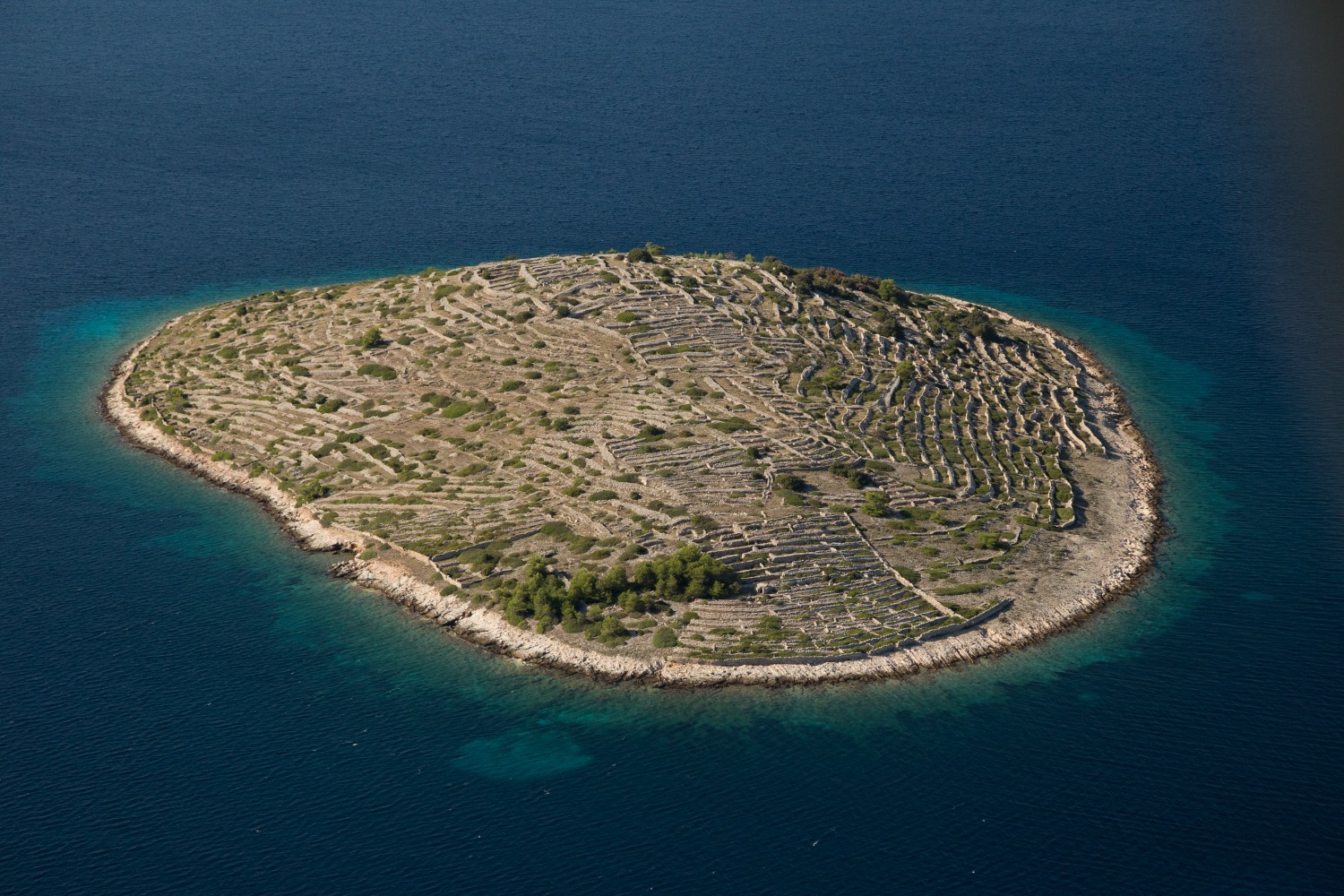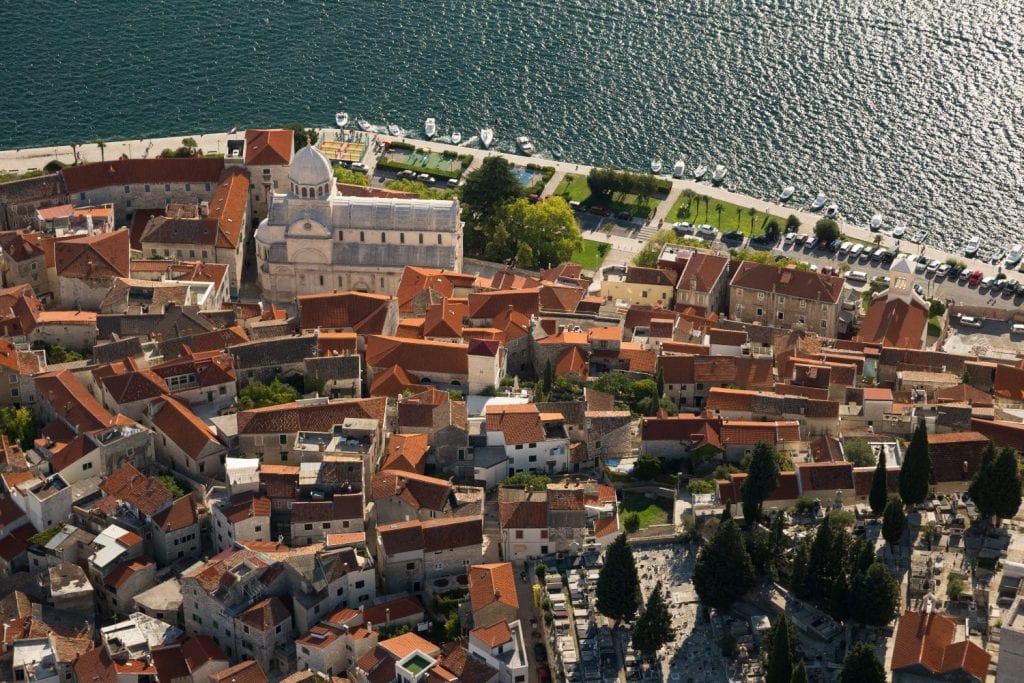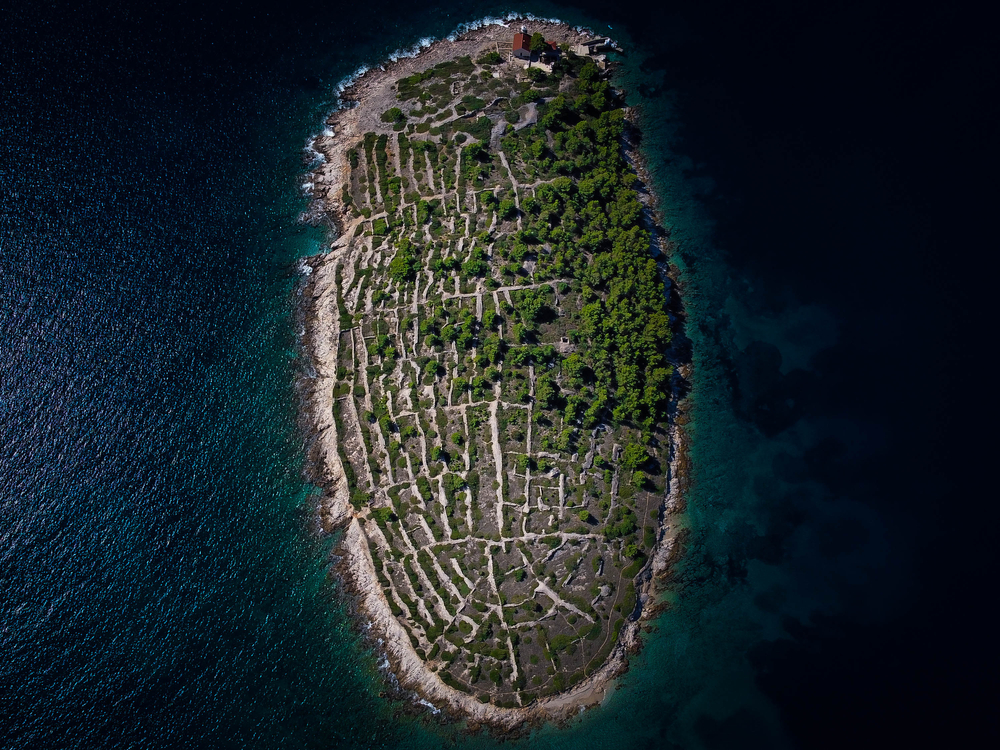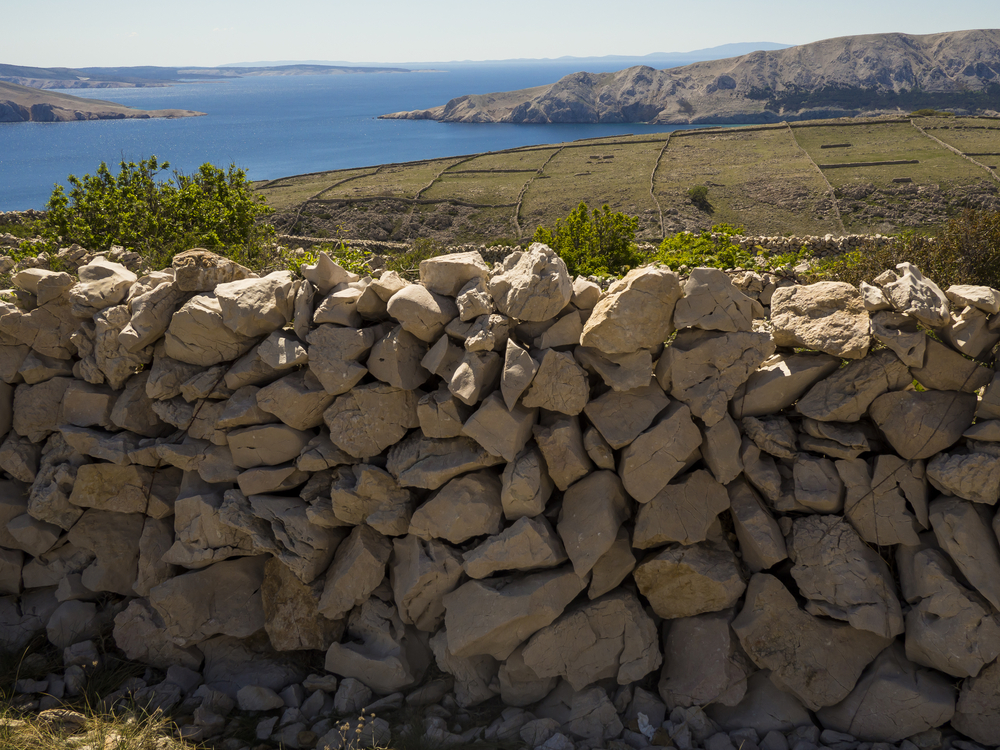If you're looking for an unusual destination in Croatia, check out Baljenac, the Fingerprint Island. Click here to read more about this hidden gem.

Ancient city walls, emerald waterfalls, amphitheaters for gladiator fights, moon-like islands, and sapphire lagoons… Sounds like a land from a fantasy novel, right? Yet all that can be found in Croatia. The tourist offer of the country has numerous natural and historic treasures known on an international scale, but it’s also worth visiting some of the lesser known yet unique attractions.
One of the many curiosities of the land of a thousand islands is a tiny one that, surprisingly, looks exactly like a fingerprint!
The Island of Baljenac: a brief history
The location of the Baljenac (or Bavljenac), the fingerprint island, is just off the coast of Šibenik, the oldest town founded by Croatians on the Adriatic. Baljenac is right next to Šibenik’s Kaprije island, and the inhabitants of Kaprije used the fingerprint island as sort of an agricultural area. They cleared the harsh vegetation on Baljenac and built the stone walls with their bare hands, all in order to have vineyards and groves where they could plant figs and other fruit. The fields, vineyards, and olive trees were divided by walls that also served as protection from the wind.

The Baljenac Suhozid — who built the walls on Baljenac?
People often wonder who “created” the fingerprint island. Is it man-made? Is it a natural wonder? The answer is: both! Nature gave it a circular shape and barren terrain, but people built the wall structures that give it that unmistakable look.
The look of the island comes from the structure of the dry stone walls on the island, called suhozid in Croatian. The length of the dry stone walls is simply staggering — there are more than 23 kilometres of the dry stone wall on this tiny area of only 0.14 square kilometers. The walls are set in land in wavy, circular positions, so they look like ridges in the human finger. Combined with the circular shape of the territory, the paths of the stone walls give the island its unique look, unmistakably resembling a human fingerprint when viewed from above.
This remarkable rural labyrinth was constructed without the use of cement or mortar, and it is believed that it was built during the nineteenth century, although it is possible that many walls were made earlier. When all the Croatian islands in the region are combined it is estimated that around 300 farmers were able to construct 106 kilometers of walls across a total area of 12 square kilometers.
Their hard work paid off, as the dry stone structures remain intact to this day, like in many other places on the coast of Croatia, such as the ranges of Velebit and the island of Pag. The same building technique was used in other European countries such as England, Ireland, and Scotland, but nowhere did the walls make this unique fingerprint pattern. Croatian islands Kaprije and Žut have similar constructions, but no place has the same concentration of walls as Baljenac island.
Both Baljenac and Kaprije and other islands in the archipelago served as a refuge for Christians during the Ottoman conquest in the sixteenth and seventeenth centuries, so it is possible that the walls began to rise already at that time.

Since 2018, the hand-built suhozid walls have been protected under UNESCO. To this day, they serve as a reminder of the times when people had to use their physical strength and resilient spirit to find ways to cultivate crops. Locals were able to survive on the unforgiving yet stunning karst topography of the Adriatic coast precisely because of their hard work and perseverance.
The island today: what to see and do?
Baljenac is now completely inhabited, the crops are abandoned, but the history remains. Kilometres of suhozid walls remind us of the efforts past communities undertaken to conquer the difficult land.
You can access the island via boat taxi from Šibenik or surrounding islands or take a boat ride alongside the island. Because the locals are concerned about the damage a large number of tourists can cause, UNESCO declared more strict conservation rules. Try to stay respectful of the islands’ cultural significance and leave no trace while visiting. Discover the remains of the crops, see some indigenous plant species, and, of course, enjoy the islands’ 1000 walls. Because of the Baljenac’s size, you don’t need too much time to explore the whole island.

Besides pristine beaches, ancient cities, and historical artefacts all across the country, Croatia’s islands are one more reason to book your next vacation here. Camping Village Šimuni is a great starting point for exploring Baljenac and many other Croatian wonders. Camp is equipped with different accommodation options, and the variety of activities and excursions will enhance your vacation twice as much. If you’re interested to find out more, contact us and we’ll gladly present you with the camp’s offer.